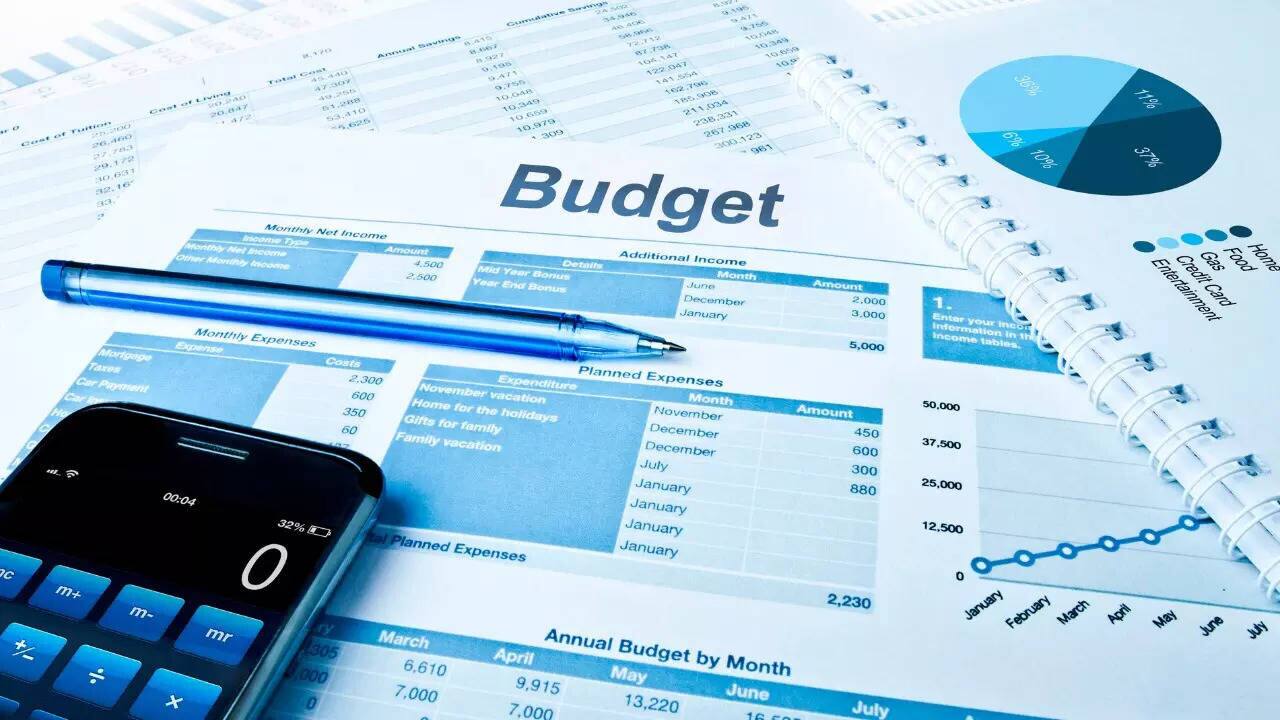
Union Budget 2024: Will you be richer or poorer?
What's the story
The Union Budget for the fiscal year 2024-25, presented by Finance Minister Nirmala Sitharaman, has sparked discussions about its implications for the middle class. The financial impact is primarily determined by three factors: income level, chosen tax regime, and investment specifics. A notable feature of this budget was a revision in tax slabs and an increase in standard deduction to ₹75,000.
Tax adjustments
Tax slab changes, standard deduction increase
The new tax regime introduced in the budget brings changes to the tax slabs and increases the standard deduction to ₹75,000. This adjustment is projected to save taxpayers an annual amount of ₹17,500. Additionally, a decrease in tax also reduces the health and education cess, resulting in extra savings of ₹700 (4% of ₹17,500), making total savings amount to ₹18,200.
Tax benefits
New tax regime benefits for middle-class taxpayers
The new tax regime is set to benefit middle-class taxpayers with an annual income of ₹7.75 lakh by potentially reducing their tax liability to nil. Under this system, no tax is payable on income up to ₹3 lakh. For income between ₹3 lakh and ₹7 lakh, a tax rate of 5% applies. However, a rebate of ₹25,000 under Section 87A can make the actual tax due zero for those earning up to ₹7 lakh.
Old Regime
Old tax regime remains unchanged in Budget 2024
Despite the introduction of a new tax regime, no changes were announced for the old tax regime in Budget 2024. The old system remains preferable for taxpayers availing deductions such as house rent allowance (HRA), leave travel allowance (LTA), 80C, and 80D. For those not eligible for these deductions, the new tax regime may prove more beneficial. However, alterations in capital gains treatment could lead to losses for some taxpayers.
Capital gains
Changes in capital gains taxation impacting investors
Changes in the treatment of capital gains could lead to losses for some taxpayers. Short-term gains from equities will now incur a higher tax rate of 20%, up from the previous 15%. For instance, a profit of ₹2 lakh from buying and selling equity within a year will now result in a tax liability of ₹40,000, an increase from the previous ₹30,000.